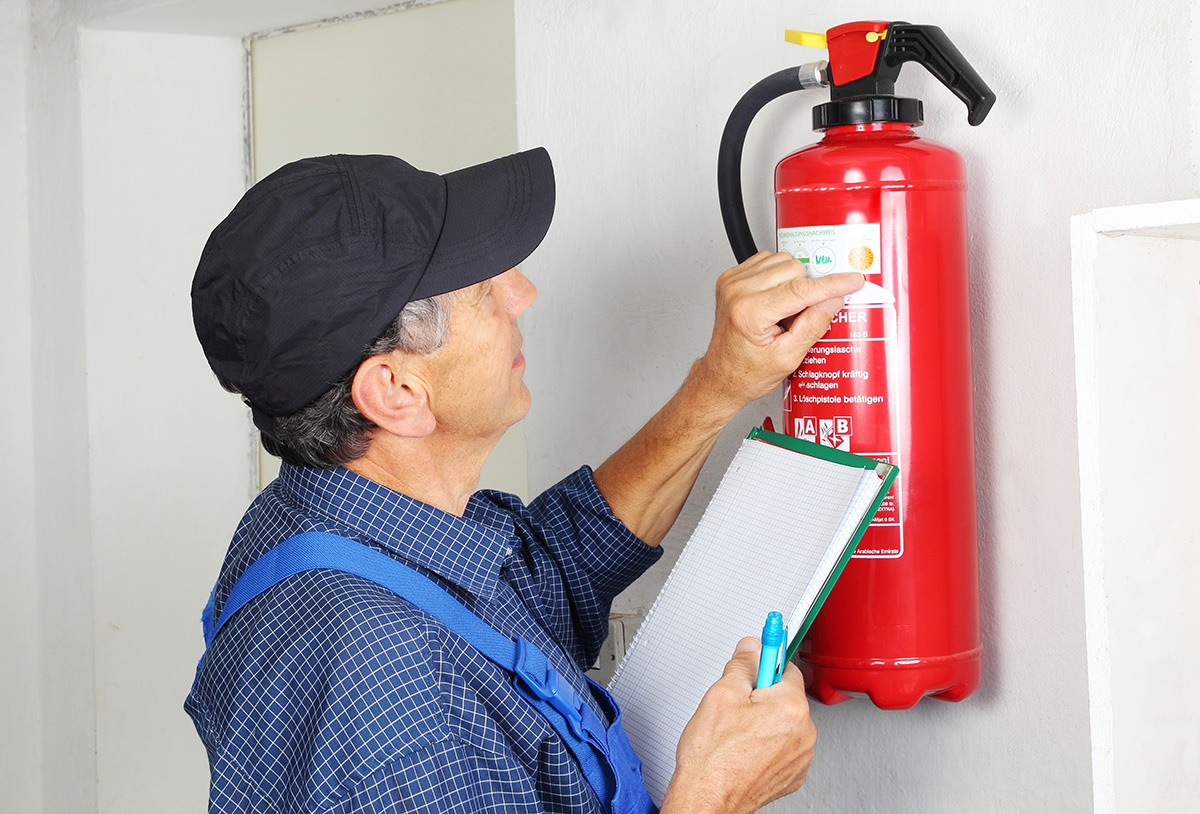The Crucial Importance of Regular Fire Extinguisher Servicing
Fire safety is a paramount concern in both residential and commercial spaces. Among the various tools and equipment designed to mitigate the impact of a fire, fire extinguishers stand out as frontline defenders against potential disasters. However, merely having a fire extinguisher on hand is not enough; regular servicing is essential to ensure these life-saving devices are in optimal condition when needed. In this comprehensive piece, we will delve into the crucial importance of fire extinguisher servicing, exploring the reasons behind it, the process involved, and the potential consequences of neglecting this essential aspect of fire safety.
Understanding the Importance of Servicing
Reliability in Emergencies:
Regular servicing ensures that fire extinguishers are reliable in emergencies. Over time, various factors such as temperature changes, exposure to elements, and internal components’ wear and tear can compromise the functionality of extinguishers. Servicing involves a thorough inspection and testing to confirm that the device will perform as expected when the need arises.
Compliance with Regulations:
Adherence to fire safety regulations is a legal requirement for both residential and commercial properties. Fire extinguishers are often subject to specific regulations depending on the jurisdiction and the type of building. Regular servicing ensures that your extinguishers meet these regulatory standards, preventing potential fines and legal consequences.
Prolonged Lifespan:
Like any mechanical device, fire extinguishers have a finite lifespan. Servicing involves preventative maintenance that can extend the lifespan of these devices. Routine checks, refilling, and component replacements can prevent the premature failure of fire extinguishers, ensuring they remain effective for an extended period.
Early Detection of Issues:
Servicing involves a detailed examination of the fire extinguisher, allowing technicians to detect and address potential issues before they escalate. Identifying problems early on can prevent malfunctions during an actual fire, enhancing the overall safety of the premises.
The Fire Extinguisher Servicing Process
Visual Inspection:
A thorough visual inspection is the first step in fire extinguisher servicing. Technicians check for visible signs of damage, corrosion, or any other issues that may affect the extinguisher’s functionality.
Pressure Testing:
Fire extinguishers operate based on pressure. Pressure testing is a critical aspect of servicing, ensuring that the internal pressure is within the recommended range. This step is crucial for gas-based extinguishers like CO2 extinguishers.
Functional Testing:
Technicians conduct functional tests to ensure that the extinguisher can discharge its contents effectively. This involves activating the device and confirming that it operates correctly. For dry chemical extinguishers, the discharge nozzle and hose are checked for any blockages.
Refilling or Recharging:
If the extinguisher has been used or if pressure tests indicate a loss of pressure, it may need to be refilled or recharged. This involves adding the appropriate extinguishing agent and pressurising the device to the recommended levels.
Replacement of Components:
Worn or damaged components, such as hoses, valves, or gauges, are replaced during servicing. This ensures that every part of the extinguisher is in top condition, contributing to its overall reliability.
Documentation:
Proper documentation is a crucial part of the servicing process. Technicians record the details of the inspection, any repairs or replacements made, and the date of the next scheduled service. This documentation is valuable for compliance purposes and for tracking the extinguisher’s maintenance history.
Consequences of Neglecting Fire Extinguisher Servicing
Reduced Effectiveness:
Neglecting regular servicing can result in reduced effectiveness during a fire emergency. Malfunctions, blockages, or expired extinguishing agents can hinder the extinguisher’s ability to control or suppress a fire.
Non-Compliance and Legal Consequences:
Failure to comply with fire safety regulations can lead to legal consequences. Regulatory bodies conduct inspections, and if fire extinguishers are found to be non-compliant, property owners may face fines or other penalties.
Increased Safety Risks:
The primary purpose of fire extinguishers is to enhance safety. Neglecting servicing increases the risk of equipment failure during critical moments, jeopardising the safety of occupants and property.
Higher Costs in the Long Run:
Neglecting servicing may lead to the premature failure of fire extinguishers, necessitating more frequent replacements. Regular servicing, although an initial cost, proves cost-effective in the long run by extending the lifespan of the devices.
In conclusion, fire extinguisher servicing is not just a recommended practice; it is a critical aspect of maintaining a safe living or working environment. The reliability of fire extinguishers in emergencies, compliance with regulations, prolonged lifespan, early issue detection, and the overall safety of occupants all hinge on the diligence with which these devices are serviced. Property owners and managers must prioritise regular fire extinguisher servicing to ensure the effectiveness of these essential tools and to meet legal obligations. By investing in proper maintenance, we contribute to a safer and more secure future for our communities.
For more information on Fire Extinguisher Servicing contact Total Safe UK.

